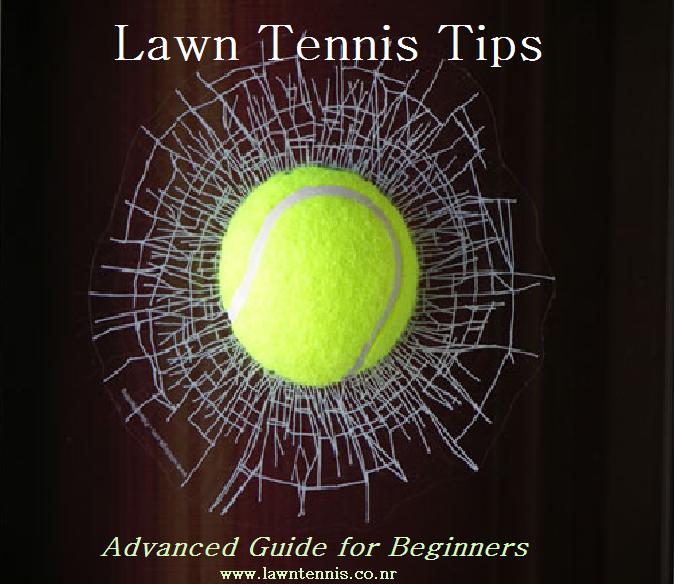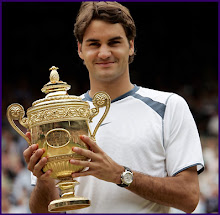Q. I consider myself a solid 3.0 player. I love competing against other 3.0 and 3.5 level players and I do quite well. But when playing against what I would consider 2.5 level players, I usually end up losing the match. My problem is that I cannot seem to speed up their short slow balls. I return anything that comes my way slow with the same intensity that it comes in. If I take a good swing at it, all my shots go long. This has been going on for about six months! What is the best way to handle this situation? Obviously, I can push the ball back over the net all match long, but this does not change the pace, which is the outcome that I am looking for.
—John Kelly, Boston
A. Creating pace is difficult for many players because it requires polished technique to do it consistently. And it’s especially tricky to hit forcefully off really soft shots. You don’t say anything about your technique so I’ll address your situation in general terms.
First, here’s what not to do. Don’t try to hit too hard. Just as you don’t take your car from first gear right to fourth, you shouldn’t attempt to take your opponent’s soft shots and send them back twice as hard as they came to you. Instead, whenever your opponent gives you a soft shot send it back with a little more pace than it came with. This may not feel as satisfying as you’d like but it’s a mental adjustment that you have to make if you want to successfully handle these soft, short balls.
Get started by having a practice partner simulate the shots that give you trouble. There’s no substitute for hitting dozens of balls in a controlled environment. As you practice work on getting in position and preparing well. A full shoulder turn is critical if you want to create pace. (To ensure you’re turning your shoulders enough try this. Assuming you’re right-handed, if you’re hitting a forehand turn your upper body so that your left shoulder comes to your chin. For backhands your chin would rest on your right shoulder.) Since you say the balls you’re having trouble with are short and you have a tendency to hit long, you need to place a special emphasis on using extra topspin to keep the ball in the court. In fact, spin should be emphasized over power. Therefore, make sure you get your racquet below the intended point of impact as you’re swinging forward. That may mean using your legs to get lower than you normally do.
Finally, focus on placement. Sure it feels good to hit the ball hard, but winning shots are more about putting the ball in the right place than they are about being struck with great force. Generally, aim the ball toward your opponent’s weaker side and go for depth. If it lands closer to the baseline than to the service line you’re doing good.
—Tony Lance, Instruction Editor, TENNIS Magazine

